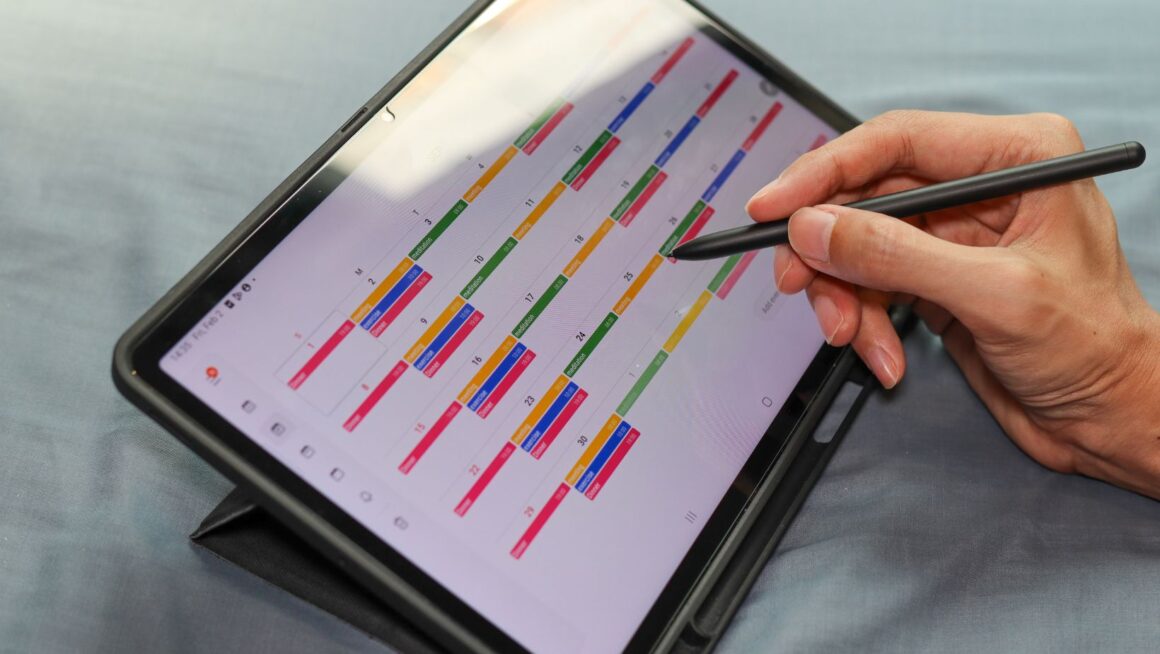As a digital media planner, I navigate the ever-evolving landscape of online advertising to create strategic campaigns that resonate with target audiences. From analyzing data to optimizing ad placements, my role is to ensure that brands connect with consumers in the digital realm effectively. With a keen eye for trends and a knack for understanding consumer behavior, I craft media plans that drive results and maximize ROI.
In today’s fast-paced digital world, the role of a digital media planner is more crucial than ever. By leveraging data-driven insights and staying ahead of industry trends, I help brands cut through the digital noise and reach their target customers with precision. From social media to programmatic advertising, I orchestrate multi-channel campaigns that deliver impactful results and elevate brand visibility in the competitive online space.
Digital Media Planners
In the digital realm, precision is key. As a digital media planner, my role revolves around crafting strategic campaigns that not only capture attention but also drive results. It’s about understanding the target audience on a granular level, uncovering insights through data, and translating those insights into impactful advertising strategies.
Every decision made is backed by data-driven reasoning. From optimizing ad placements to selecting the most effective channels, I constantly analyze performance metrics to ensure that brands are seen by the right people at the right time. This entails staying updated on the latest trends and technologies to remain at the forefront of the ever-evolving digital landscape.
Collaboration is at the core of my work. I work closely with various teams, such as creatives, analysts, and account managers, to ensure that the campaign objectives are met efficiently. By aligning efforts and resources, I orchestrate multi-channel campaigns that not only enhance brand visibility but also deliver tangible results for the clients.

Analyzing Data for Effective Campaigns
When analyzing data for campaigns, I delve deep into consumer insights to ensure precision in targeting. By utilizing tools like Google Analytics and social media metrics, I gather valuable information on consumer behavior and preferences. This data-driven approach allows me to create targeted advertising strategies that resonate with the audience.
I pay close attention to key performance indicators (KPIs) such as click-through rates and conversion rates to measure the success of campaigns. By monitoring these metrics, I can make real-time adjustments to optimize performance and maximize ROI. This continuous analysis ensures that campaigns are effective and deliver results.
Collaboration with data analysts and marketing teams is crucial in interpreting the data accurately. By working together, we can identify trends and make data-driven decisions to enhance the impact of our campaigns. This collaborative approach enables us to stay ahead of the curve and adapt quickly to the changing digital landscape.
Crafting Targeted Media Plans
When Crafting Targeted Media Plans, I focus on understanding the audience’s behavior, preferences, and digital habits. Utilizing data-driven insights from tools like Google Analytics and social media metrics is crucial to tailor messages that resonate with the target demographic.
I analyze consumer demographics, psychographics, and online behaviors to identify the most effective channels to reach them. This approach ensures that digital campaigns are strategically placed where the audience is most likely to engage.
Personalization is key in today’s digital landscape. By leveraging first-party data and insights, I create customized messages that speak directly to the audience’s interests and needs. This level of personalization increases engagement and conversion rates.

Leveraging Industry Trends for Success
Staying ahead in digital media planning means staying tuned to the latest industry trends. Adapting strategies to emerging trends ensures relevance and effectiveness. Here are some key trends to consider:
- Video Dominance: Video content continues to gain popularity across platforms.
- Mobile Optimization: With more users on mobile devices, optimizing for mobile is non-negotiable.
- Voice Search: The rise of voice assistants like Alexa and Siri calls for voice search optimization.
- AI & Machine Learning: Embrace AI technology to optimize targeting and personalization.
- Interactive Content: Engage audiences with interactive content for higher engagement.
By incorporating these trends into your media planning, you position yourself for success in the ever-evolving digital landscape.


